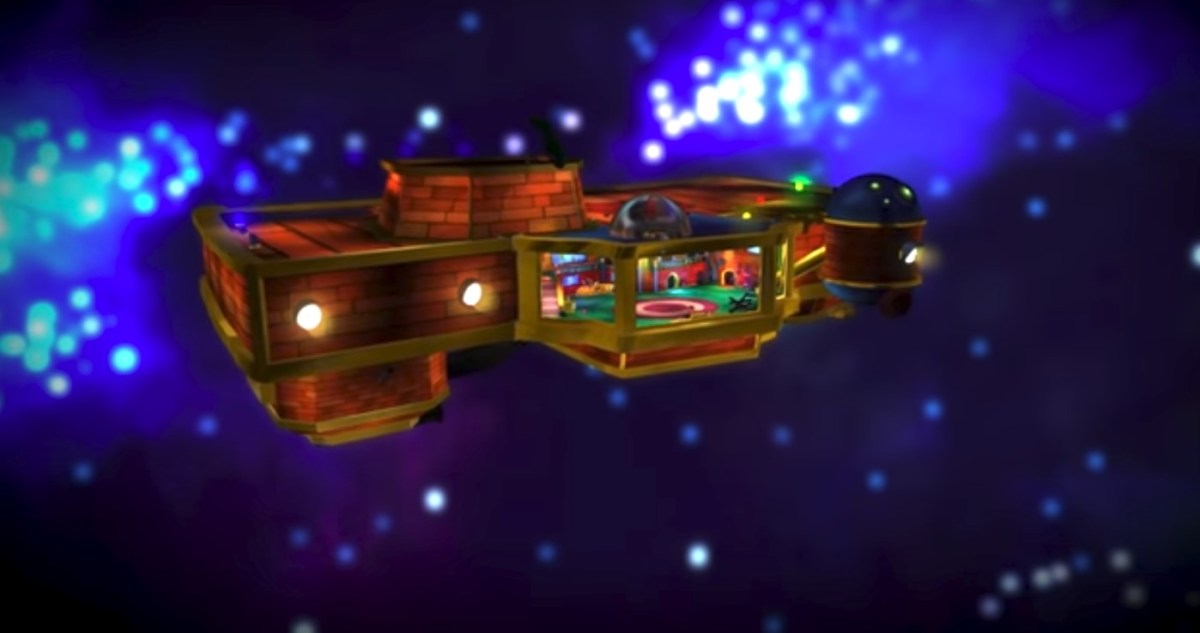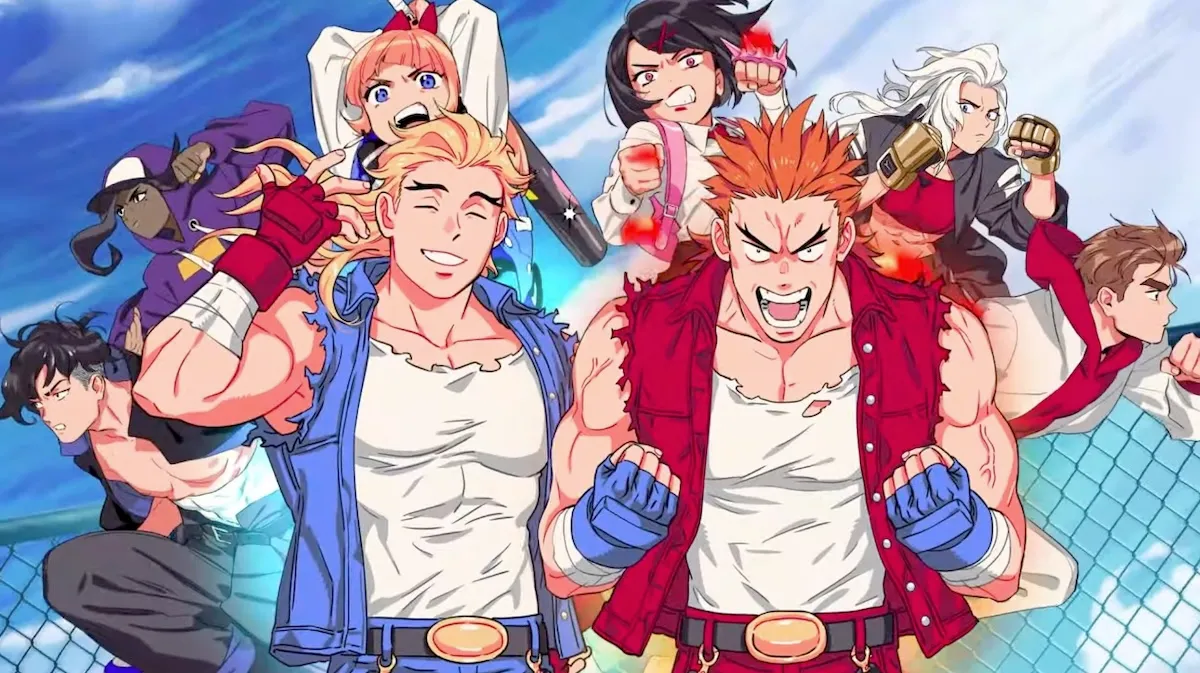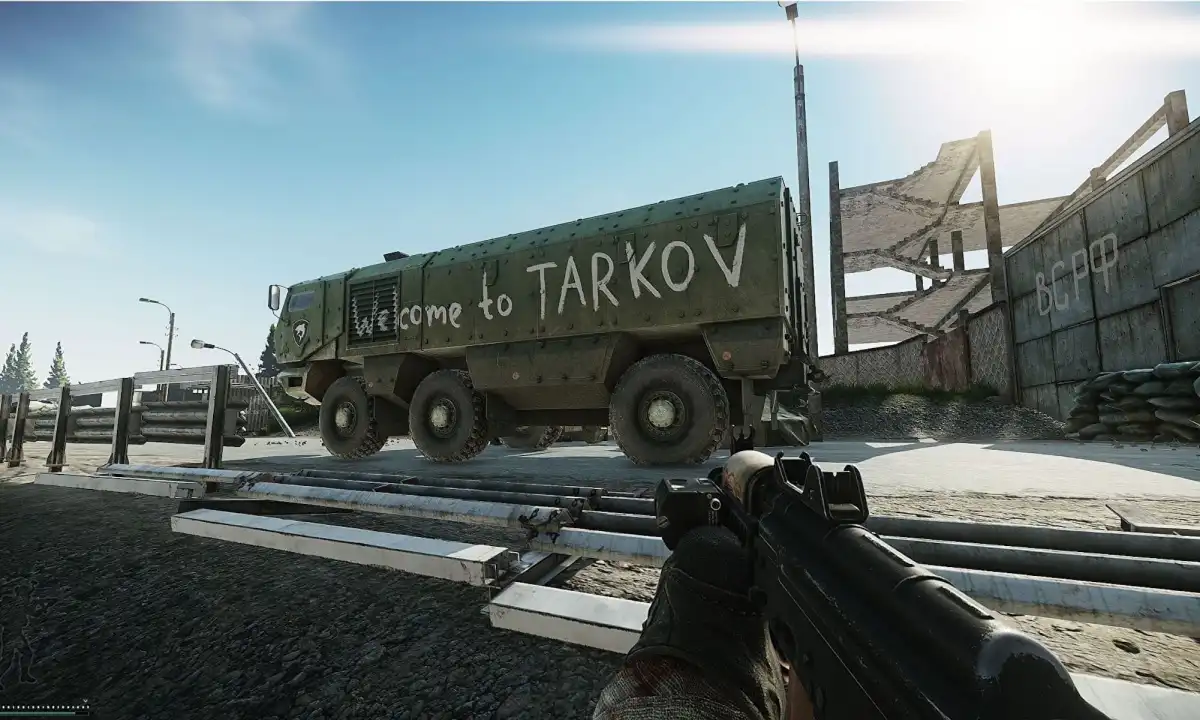Hubba hubba
Platformers make up many of my fondest gaming memories, ranging from oldies like Super Mario Sunshine to newbies like A Hat in Time and Rayman Legends. There are many things I love about them, such as speedrunning through obstacle courses and reacting against fast-paced hazards and enemies. Heck, recently I rambled about how strongly I want this genre to stick around (the answer is “a lot”). But somehow, most of those platformer memories always trace back to one particular activity: messing around in a hub world by jumping aimlessly.
It’s strange, because I never purchased these games expecting to waste time like that. Yet every now and then I feel compelled to revisit my favorite platformers for no purpose other than to bounce around and press buttons for their own sakes, because I remember enjoying that so much. And it’s no secret that I’m frequently driven by accomplishing arbitrary objectives. Why would I of all people love neglecting such objectives so much?
The straightforward answer is it means the controls are just that much fun, and by proxy, the rest of these games are fun too.

The reason I emphasize hub worlds is because the typical hub world is mainly a vehicle to access other levels. Sometimes they contain some lovely secrets or optional challenges to uncover, but they’re mostly a “safe space” for players. Nothing to pressure the player other than their own curiosity, if desired. So, this point can also apply to not-quite-hub levels such as Super Mario Odyssey’s New Donk City, a kingdom that’s basically a giant sandbox stuffed to the brim with goodies without any danger (not counting mini-levels).
This kind of safe space is an ideal opportunity to practice abilities without restraint. Such a vast open area, which may be accompanied with various environmental gimmicks or pickups, invites players to roam however they like without even the slightest chance of punishment. So it figures that this is how most players brush up their skills, getting ready for tougher challenges ahead.
But every now and then, such faffing around leads to an unexpected discovery. While I was diving around in Hat Kid’s spaceship, I learned that jumping out of the dive the instant you hit the ground gave her a speed boost with a fancy spark. When I jumped and punched around Rayman Legends’s Gallery of Heroes, I saw that Rayman will slide if you hold down after running. The former was practical, while the latter was purely cosmetic, but both are tiny intricacies in their controls that somehow left a strong impression on me. Thanks to hub worlds, I not only felt comfortable enough to notice these intricacies, I felt encouraged to explore for more of them.
And oftentimes in my favorite platformers, I would find more such things! More tricks such as Hat Kid being able to triple-jump out of a dive in the air, or Rayman having the ability to punch the ground instead of ground-pounding from the air. Finding new ways to toy with these movesets was a simple, yet constantly gratifying pleasure. My curiosity was rewarded for finding the tiniest excuses to combine inputs at my leisure. At that point, I was addicted to the sheer act of romping around from point A to point B.

Of course, this all depends on a control scheme having those sorts of intricacies in the first place. But that’s exactly what I’m getting at. Playing around in the hub world of a platformer leads me to stretch its control scheme to its limits, and in turn, find out how how good it is or not. A good hub world makes a great laboratory for experimenting with controls, even if the hub itself is lacking in substance. Case in point, Rayman Legends‘s hub lacks any thrilling environmental bits from levels like air drafts and sliding chains, but even the bare minimum it had was enough to convince me to toy with the basic moves.
If a tool is fun to use without any practical purpose, it’s a good toy. If a good toy can then be applied to accomplish objectives with rewards worth the time and effort, it’s a great tool as well. That’s because the act of using that tool is a reward itself. Even if you fail to use such a tool properly or accomplish nothing of value, its use was engaging enough that it’s still considered time well spent. That’s what a great control scheme is for a great platformer. Hubs give a greater opportunity to judge control schemes as toys before coming to a verdict of how they are as tools.
It would be an exaggeration to say that this alone is enough to decide a platformer’s quality. But a hub world acts as a cornerstone from which every other area of the game branches out. I believe something similar can be said for how you experience a game’s controls within such a cornerstone relative to within those branches. If I can have fun with a game before I’m even supposed to “try” having fun, I think it’s a fair critique to say the game did something great.
At least, that’s why I believe I gravitate towards wasting so much time in hub worlds. Am I crazy for having such a habit? I’d like to see what you think! Do you do it yourself? Do you prefer to do this in actual levels instead of hubs? What significance do hubs in platformers have to you?




